May’s Super Full Blood Moon Eclipse: When and Where To View (2021)
Mark your calendars for the wee hours of May 26th for an early riser's lunar eclipse at moonset. We have times and details for your time zone! Who will get to see it?
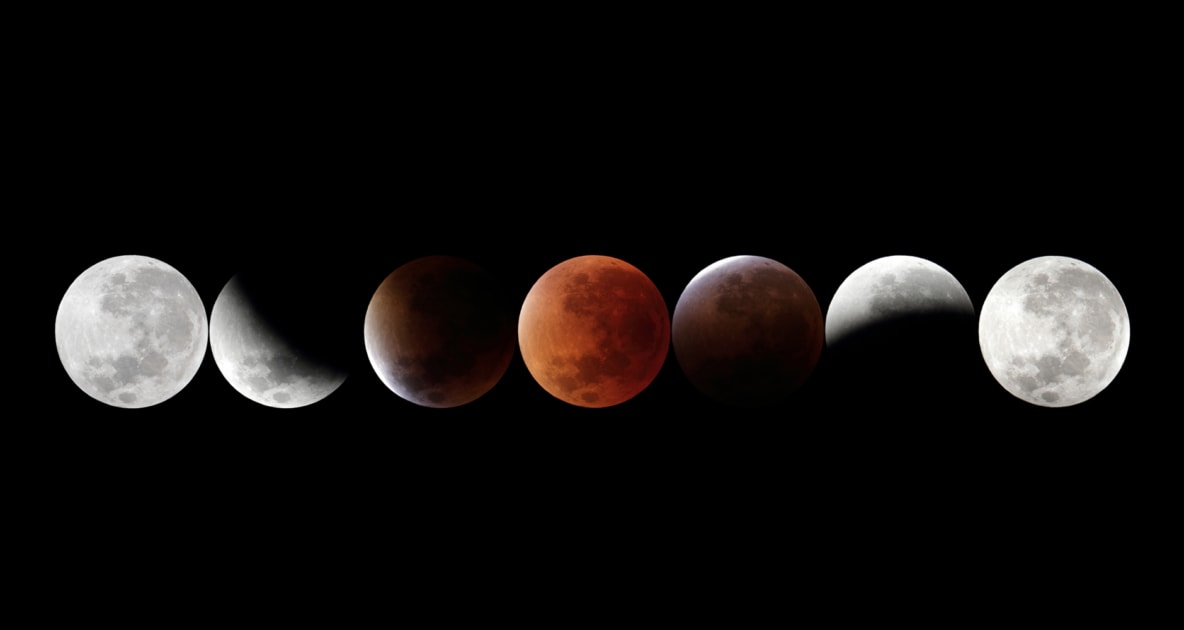
There are four eclipses scheduled for this year, two of the Moon and two of the Sun. The first of these will occur during the early hours of Wednesday, May 26th, when May’s full “Flower” Moon becomes completely immersed in the Earth’s dark umbral shadow, producing the first total lunar eclipse since January 2019. But will you be able to see it? It depends on where you live (and no, you don’t need special glasses to view it!).
This full Moon will also be the second Supermoon of 2021 (the first was April 26th’s Pink Moon). This means the Moon is the closest in its monthly orbit around Earth (known as perigee) at the same time it’s in its “full” phase.
What Is A Lunar Eclipse?
A lunar eclipse occurs when the Earth passes between the Sun and Moon and lines up precisely so that it blocks the Sun’s light, which otherwise reflects off the Moon.
There are three types of lunar eclipses: total, partial, and penumbral, with the most dramatic being a total lunar eclipse—when the Earth’s shadow totally covers the Moon. A lunar eclipse can occur only when there is a full Moon.
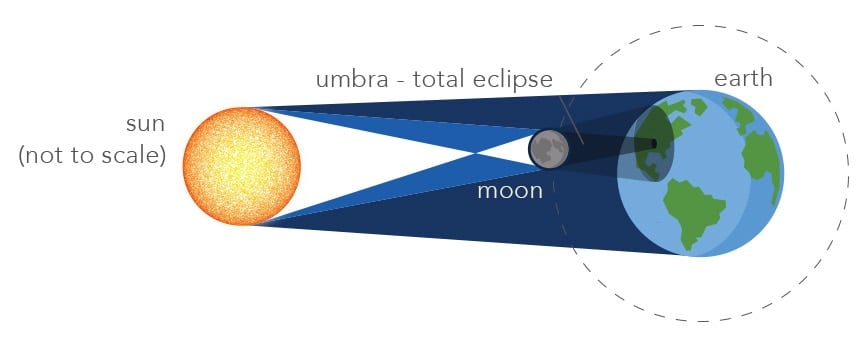
For May’s lunar eclipse, the Moon will be completely immersed in the Earth’s dark umbral shadow for a tantalizingly short length of time: 14 minutes 31 seconds. The Moon will slip through the northernmost part of the shadow and at mid-totality the geometrical magnitude of the eclipse will be 1.0095 Moon diameters. This is the distance from the limb of the Moon closest to the shadow center across the Moon to the edge of the umbra. Put another way, the Moon’s northern limb will be tucked a mere 20 miles inside the umbra at “greatest eclipse.”
Who Gets To See It? Not Good News For The East Coast
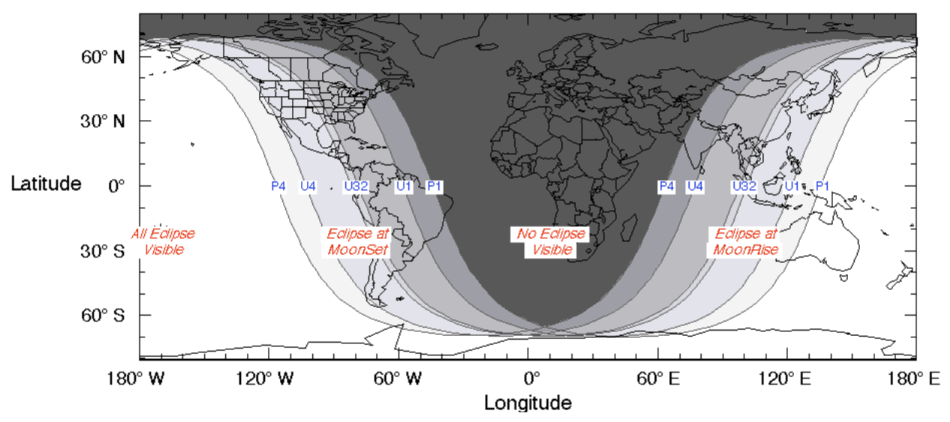
Only observers in the Western third of the United States be able to view most of this eclipse, for the Moon will not set until after the end of totality. As you head east, circumstances become progressively less favorable. From a roughly 300-mile-wide band running southeast from the Montana/North Dakota border to the Louisiana Gulf Coast, totality will coincide with moonset, while only the initial umbral phases will be visible from the Midwest, Middle Atlantic, and Southeast states; the Moon entering the umbra (see times below). Most of New York and New England will, at best, see only a faint vestige of the much lighter penumbral shadow just before moonset.
Most favored of all the United States is Hawaii, where the entire eclipse will occur with the Moon well up in the sky. And as seen from southwestern Alaska, the entire eclipse will be visible before the Moon sets.
Will We See A “Blood Moon”?
During the total phase, the Moon’s disk will not go completely dark, but rather will light up with an eerie copper or reddish-orange glow, which some call a “Blood Moon.” The reason is that some of the sunlight striking Earth is diffused and scattered by our atmosphere, so the Earth’s shadow is not completely dark; the ruddy hue is the same coloration that is seen during sunrise and sunset. At this upcoming eclipse, the top part of the Moon will appear noticeably brighter during totality because that is the part of the Moon that will be closest to the outer edge of the umbral shadow.
When To View
Here is a timetable covering four time zones. If you see a — (dash) in the column it is because that particular phase of the eclipse is not observable because the Moon has already set.
| Event | PDT | MDT | CDT | EDT |
| Moon enters Penumbra | 1:47 a.m | 2:47 a.m. | 3:47 a.m. | 4:47 a.m. |
| Moon enters Umbra | 2:44 a.m | 3:44 a.m | 4:44 a.m | — |
| Total Eclipse Begins | 4:11 a.m | 5:11 a.m. | — | — |
| Mid-Totality | 4:18 a.m. | 5:18 a.m. | — | — |
| Total Eclipse Ends | 4:25 a.m. | 5:25 a.m. | — | — |
| Moon leaves Umbra | — | — | — | — |
| Moon Leaves Penumbra | — | — | — | — |
There will be another eclipse of the Moon—almost total (97%) that will be visible across all of North America on November 19th! Read more about it here.
Here’s hoping for clear skies!

Joe Rao
Joe Rao is an esteemed astronomer who writes for Space.com, Sky & Telescope, and Natural History Magazine. Mr. Rao is a regular contributor to the Farmers' Almanac and serves as an associate lecturer for the Hayden Planetarium in New York City.



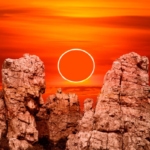
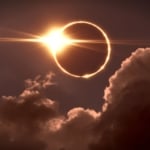
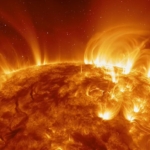
Love this!
Thanks, Lana!